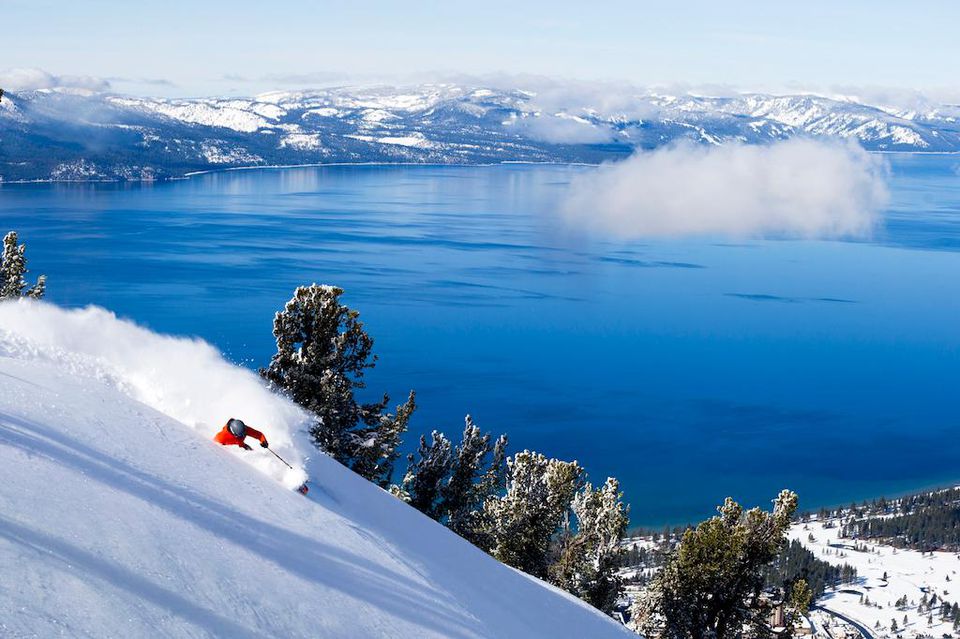 Ever since DOGE (Department of Government Efficiency) fired thousands of federal probationary employees without cause in February 2025, I have lived in a state of dread. This was just the opening salvo of actions taken in the name of reducing costs and improving government efficiency that have, instead, created an unprecedented level of chaos, inefficiency, and outright fear among the government workforce.
Ever since DOGE (Department of Government Efficiency) fired thousands of federal probationary employees without cause in February 2025, I have lived in a state of dread. This was just the opening salvo of actions taken in the name of reducing costs and improving government efficiency that have, instead, created an unprecedented level of chaos, inefficiency, and outright fear among the government workforce.
The motivations are murky, but it doesn’t take a lot of critical thinking to determine that these moves were driven by an astounding lack of knowledge and expertise at the highest levels of government, political retribution, and potential for grifting by those currently in power. Transparency has been non-existent, and the evidence is flimsy for how current efforts to reduce and reorganize our government institutions will lead to improved outcomes.
Since this all began, I have closely followed this assault as it impacts public land management agencies. I worked as a hydrologist for the US Forest Service in the Lake Tahoe Basin for almost 30 years. Through my connections with former colleagues in the Forest Service, I know how extremely damaging the threatening messaging and ongoing chaotic efforts to reduce the government workforce and spending have been to hard-working, highly qualified individuals and to the agency overall.
Because federal employees are prohibited from talking openly, there has been little visible evidence of the destruction that has occurred in our federal land management agencies. But it is there, and the cracks are turning into ravines; we will likely feel the impact for decades. The pipeline of research, planning, and implementation to address fire risk, control invasive species, protect water quality, improve forest health, and maintain recreation infrastructure has been severely compromised. Coupled with workforce reductions are numerous assaults on legislative guardrails like the proposals to rescind the Roadless Rule and the Public Lands Management Act, and budget cuts for critical public land management programs.
Just to be clear, I do not think everything should go back to the way it was before Trump was elected. There is always a need for continuous assessment of government efficiency. During my career, a large-scale reorganization of the Forest Service, including major workforce reductions, occurred under Clinton/Gore, but the process was transparent and civil servants were treated with dignity.
The Trump administration is betting that most people buy into a general assumption that government agencies and employees are inefficient and wasteful. It also knows that most of us have very little knowledge about how specific government agencies work.
During my 30-year career, I worked with colleagues who often performed beyond their pay grade and were passionate about their work and our agency’s mission. From my perspective, this administration is not taking meaningful steps to improve government efficiency; it wants to break it. And it needs to know we are watching.
What terrifies me now is the level of threat I perceive does not seem real to so many. And because of that, not enough people will rise above the overwhelm to take action. But there are things you can do to fight back.
Join one or two advocacy groups that are working for public lands. Sign up to give them a small, automatic monthly donation and then take two minutes to sign and send their form letters when they appear in email messages or social media posts. Better yet, take a couple more minutes to personalize your message to identify a specific place on public lands in Tahoe or elsewhere
that you are concerned about, and why it matters to you and your family.
I have chosen to support Outdoor Alliance and the Natural Resources Defense Council based on my research on their organizational effectiveness, understanding of the issues, and ability to craft timely and on-point messaging.
This administration has embarked on a flood-the-zone strategy for dismantling the infrastructure that manages public lands, which has taken decades to create. It needs to be met with a tsunami of resistance. I hope you will join the wave.
~ Sue Norman lives in Tahoe and currently serves on the Sierra Nevada Alliance Board. She recently published her memoir, RISK, A Life Saved by the River, and is working to help others amplify the power of the written word to protect public lands. Learn more at susannormanauthor.com.

